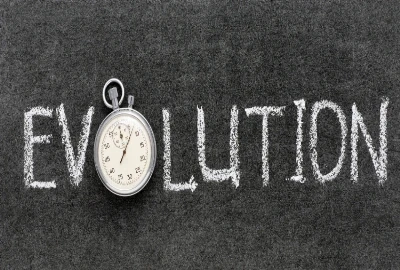The Binge Burnout: Are We Tired of Watching Too Much, Too Fast?

For years, binge-watching was celebrated as the ultimate way to enjoy television. Streaming platforms encouraged it by dropping entire seasons at once, letting viewers consume stories at lightning speed. But what was once exciting is now leaving many feeling exhausted. The “binge burnout” is real—audiences are questioning whether watching too much, too fast is actually harming their enjoyment of entertainment.
This blog dives deep into the causes of binge burnout, its impact on mental health, and how the entertainment industry is responding. We’ll also explore strategies for healthier viewing habits and the future of streaming in a post-binge world.
The Rise of Binge Culture

When Netflix released House of Cards in 2013, the binge era officially began. The idea of watching an entire season in one weekend was revolutionary, and audiences embraced it as a badge of honor. But this cultural shift didn’t happen overnight—it was fueled by technology, audience demand, and changing entertainment ecosystems.
Streaming Platforms Driving the Trend
Streaming services like Netflix, Amazon Prime, and Hulu built their models around binge culture. By offering ad-free, on-demand access, they conditioned viewers to expect instant gratification.
The Psychology of “One More Episode”
Algorithms are designed to keep viewers hooked. The auto-play feature makes it easy to lose track of time, and cliffhangers create a constant urge to keep going.
Social Media Amplification
Sharing reactions online made binge-watching a communal experience. Fans who finished shows quickly felt part of an “in the know” crowd, while slower viewers risked spoilers.
The Symptoms of Binge Burnout

While binge culture thrived for nearly a decade, audiences are now reporting fatigue. Instead of excitement, many feel drained after long viewing sessions.
Physical and Mental Exhaustion
Hours of screen time without breaks can cause headaches, eye strain, and disrupted sleep. Psychologically, the lack of pacing leads to feelings of emptiness once a series ends.
Content Overload
With multiple platforms releasing hundreds of shows annually, keeping up feels impossible. Instead of pleasure, viewers feel pressure.
Declining Emotional Impact
When episodes are consumed back-to-back, emotional moments don’t always land. Viewers may feel less invested in characters and story arcs.
The Changing Appeal of Weekly Releases

Streaming giants are starting to reconsider their binge-first approach. Weekly releases are making a comeback, and audiences are responding positively.
Building Anticipation
Shows like The Mandalorian and Succession prove that waiting a week builds hype, discussion, and engagement.
Watercooler Moments
Weekly formats encourage conversations, fan theories, and shared excitement—something binge models often eliminate.
Longer Cultural Relevance
Weekly releases extend a show’s cultural lifespan. Instead of being forgotten after one weekend, they remain in discussion for months.
How Binge Burnout Impacts Mental Health

Binge-watching may seem harmless, but overconsumption has real psychological effects.
Dopamine Rush and Crash
Streaming marathons stimulate the brain’s reward system. But after the high comes a crash, leaving viewers feeling unmotivated.
Escapism vs. Avoidance
While watching TV can be a healthy escape, bingeing often becomes avoidance of stress or responsibilities, which worsens mental health in the long run.
Social Disconnection
Spending entire weekends indoors with screens can isolate people from friends and family, weakening real-world connections.
The Business of Binge: Why Platforms Pushed It

Understanding binge burnout also means examining why streaming services encouraged it in the first place.
Retention and Subscriptions
Binge models kept users glued to platforms, reducing churn and increasing revenue.
Data-Driven Storytelling
Binge habits gave platforms massive data on what viewers liked, shaping future content strategies.
Competitive Edge
In the “streaming wars,” dropping full seasons became a way to grab attention and dominate conversations.
Generational Perspectives on Viewing Habits

Not everyone experiences binge burnout in the same way. Age, lifestyle, and cultural expectations play a role.
Millennials and Gen Z
These groups grew up with on-demand culture. For them, bingeing felt natural—but many are now reporting fatigue.
Gen X and Boomers
Older generations often prefer weekly pacing, as it mirrors traditional TV. Many are skeptical of bingeing in the first place.
Global Differences
In markets outside the U.S., weekly releases remain more common, showing that binge culture isn’t universally dominant.
Alternatives to Binge-Watching

As audiences grow weary, new viewing habits are emerging.
The Rise of “Slow TV”
Programs that focus on calming, real-time experiences—like train rides or nature scenes—are attracting viewers seeking less intensity.
Scheduled Self-Pacing
Some viewers now deliberately limit themselves to one or two episodes a night, recreating the weekly feel.
Event Viewing and Rewatches
Audiences are rediscovering the joy of rewatching older shows at a slower pace, creating comfort rather than burnout.



